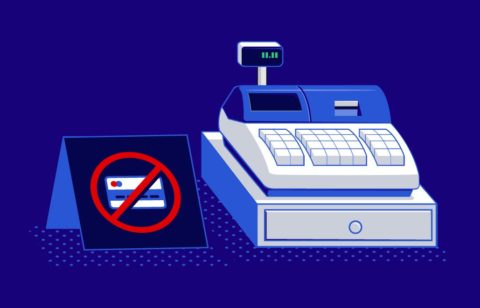You say that you checked your credit score recently and that it’s great. Maybe you got your FICO score and it was 790. So you feel as if you were sitting on top of the credit world. Well, you might need to think again.
Great could be mediocre
As an example of this, your FICO score of 790 could be just mediocre on the VantageScore, which goes to 990. Beyond this, the eight credit scores most commonly used by lenders range from as low as 150 up to 990. Why is this? It’s because the three major credit bureaus – Experian, Equifax and TransUnion –have their own scoring models. The credit bureau TransUnion has its TransRisk scores that range from 300 to 850, while Equifax’s Credit Score goes from 280 to 850. In addition, there is an Experian score that goes from 360 to 840 and another that ranges from 330 to 830. And then there’s the VantageScore that the three credit bureaus created and that goes from 501 to 990.
What this means to you
What all of these scores mean to you is that it’s hard to determine how you would actually be evaluated by a potential lender. It’s true that most of them check FICO scores to determine how much risk an applicant represents but we consumers often get our scores from the credit bureaus and consumer websites such as CreditKarma.com or CreditSesame.com. While these non-FICO scores should be close to our true FICO scores, it can still be confusing.
Doesn’t make much sense
We’ve all grown up with systems that are A through F or 0 through 100 but now we have all these different ranges that can be bewildering. You might think you have a terrific score of 800 and then learn that it’s a VantageScore and maybe not so good. Or you might see that you have a score of 900 and think that this is wrong because you know that the FICO score tops out at 850. The problem is that you may not realize that the score you got was the VantageScore with it’s higher range.
In the same ballpark
Most scoring models – aside from the VantageScore – are not much different from the FICO’s range of 300 to 850. This means it’s generally okay to assume that your non-FICO score will be at least in the same ballpark. However, if you get a VantageScore and you assume that it’s identical to your FICO score, you may be in for a disappointment when you next apply for credit.
To see where you stand
If you want to get an idea of how you stand vs. credit applicants, you need to look at where you fall relative to the national percentile. As an example of this, to get the best credit you generally would need to fall in at least the 50th percentile. This converts to a FICO score of around 720.
This video from TransUnion explains more about credit scores, why they can different and why it’s important to pay your bills on time every month.
49 FICO scores
To make matters even worse, lenders aren’t neessarily looking at the same scores themselves. Within the FICO category, lenders could look at one of more than 49 different scores to assess your risk. In comparison, consumers usually get just their one standard FICO score. And research has shown that 20% of consumers will receive a score that is “meaningfully different” from the score that was used by the lender when deciding whether or not to grant credit.
Why so many FICO scores?
This is due to the fact that a potential lender can look at a different FICO score depending on the type of credit that you’ve applied for. If you apply for an auto loan, the lender might look up your FICO auto score. If you apply for a new credit card there is a specific FICO bankcard score your lender could check. There are also FICO mortgage loan scores and installment loan scores that focus on your history of how you’ve used finance companies. Plus, there is your generic FICO score, which is the most widely used, and is calculated based on your history with all the types of credit you’ve used.
How your FICO score is calculated
Your generic FICO score is based on five components.
- Payment history
- Credit utilization
- Length of credit history
- Types of credit used
- Recent searches for credit
The top two, payment history and credit utilization together account for 65% of your credit score. What this translates into is that the most important things you can do to have a good credit score is first, make all of your payments on time all the time. And second, don’t use up a high percentage of the credit you have available. As an example of this, suppose that you have total credit limits of $10,000. In this case, you should not have combined balances of more than $3000, which would yield a credit utilization ratio of 30%.
Who do you trust?
So with all of these different credit scores and credit score ranges, who should you trust? The best answer is to get your generic FICO score. It’s available on the website www.myfico.com for $19.95 or you could get it free if you sign up for a free trial of the company’s Score Watch program. But you might want to supplement this by getting your free score periodically from one of the three credit bureaus or a consumer website. The reason for this is because your credit score is not static. It’s generated every time you apply for credit. This means it could change literally from week to week.





